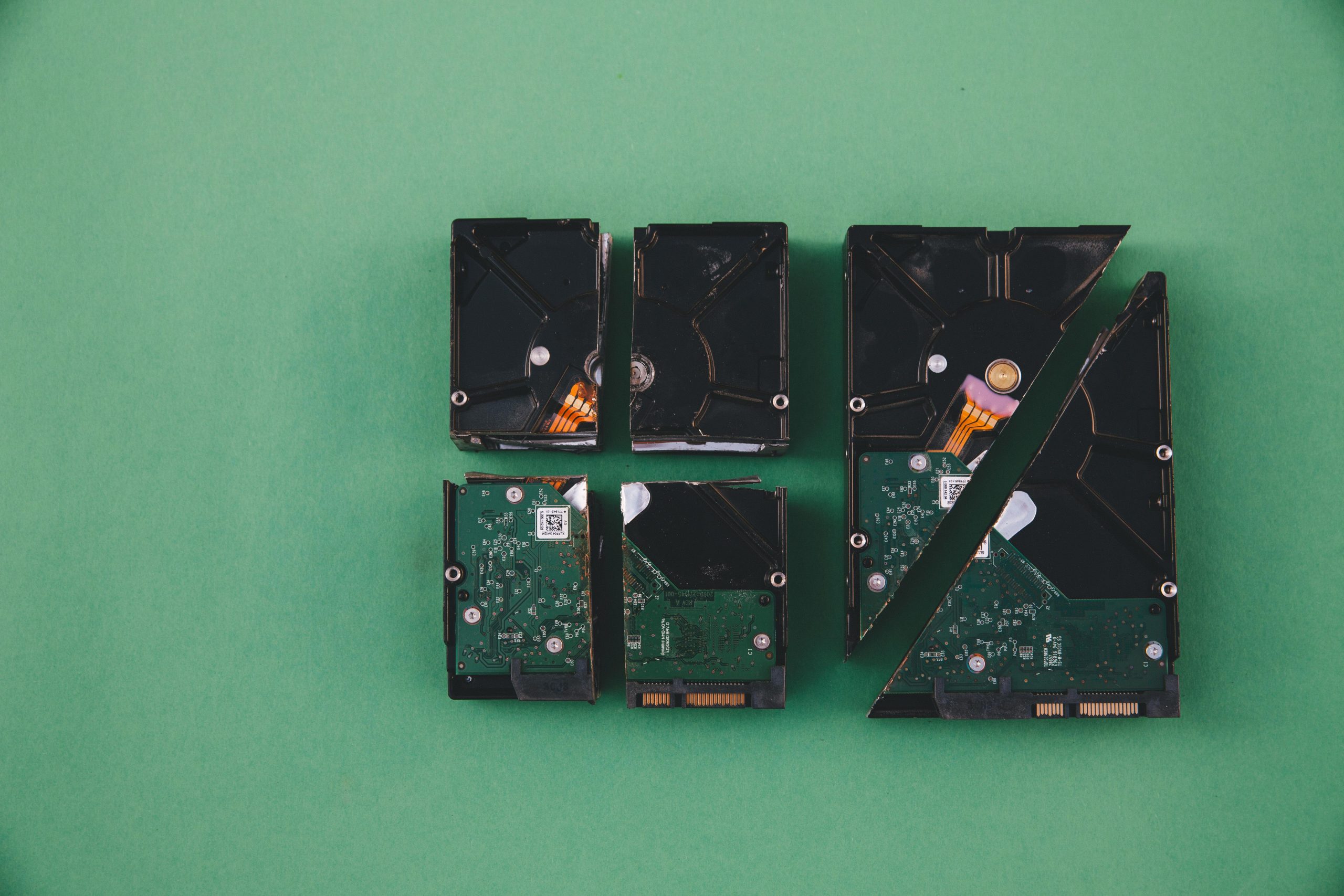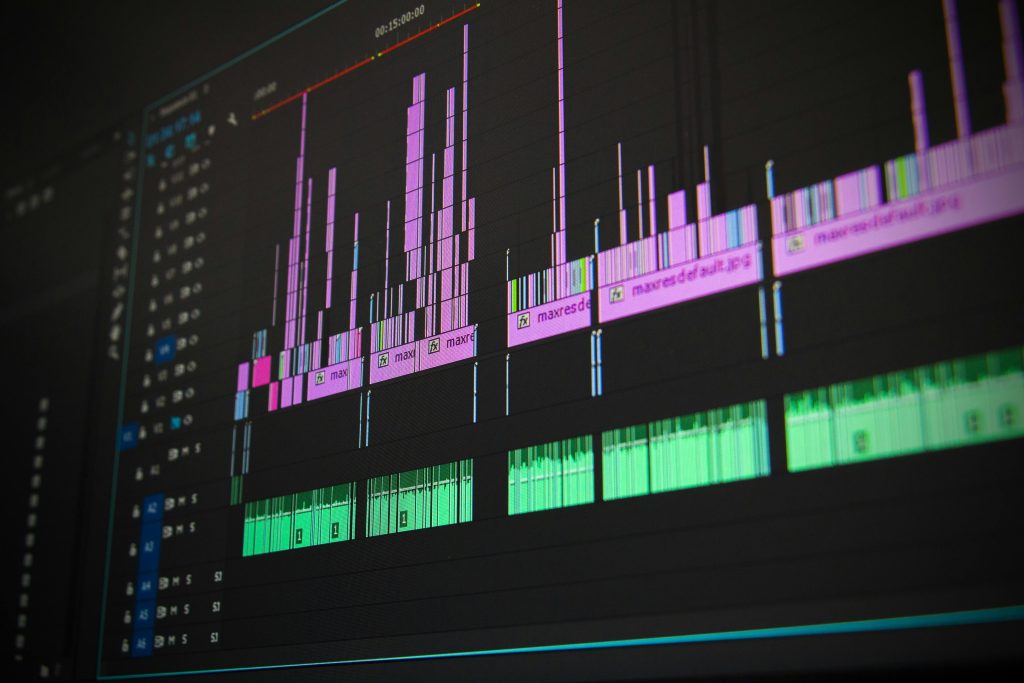Addressing C: Drive Storage Limitations to Prevent Windows Crashes and Application Issues
Experiencing system instability and application malfunctions due to low storage on the primary drive is a common concern among Windows users, especially those with limited SSD capacity. If your C: drive—a 128GB SSD in this case—is running out of space, it can lead to significant performance issues, system crashes, and an inability to install or run programs effectively.
Understanding the Issue
The C: drive typically hosts your Windows operating system, system files, program files, and user data. When this drive reaches full capacity, Windows can become sluggish or unresponsive, and newly installing applications or updates may fail altogether. In your situation, the alarming low storage warning and the discovery of 0 bytes remaining point to a critical need for storage management.
Why Does This Happen?
Several factors can contribute to rapid storage depletion:
- Accumulation of Temporary Files: Temporary and cache files generated by Windows or applications can consume a significant amount of space.
- Installation of Large Applications: Especially games, design software, or productivity tools that default to the C: drive.
- System Restore Points and Updates: These can occupy substantial disk space over time.
- User Data and Downloads: Files stored in default locations may unintentionally fill the drive.
Strategies to Free Up Disk Space and Prevent Future Issues
-
Use Windows Built-in Disk Cleanup Tool
-
Access via
Start Menu > Disk Cleanup. -
Select the C: drive and review the list of files to delete, such as temporary files, system cache, and previous Windows installations.
-
Manage System Restore and Shadow Copies
-
Navigate to
Control Panel > System > System Protection. -
Configure or delete older restore points to free space if necessary.
-
Move User Data and Libraries to Different Drives
-
Change default save locations for documents, pictures, and downloads.
-
For example, move the “Documents” folder to an external drive or secondary partition, freeing space on C:.
-
Uninstall Unnecessary Applications
-
Go to
Settings > Apps > Installed Apps. -
Remove applications that are no longer needed, especially those installed on the C: drive.
-
Relocate Default Program Files and Data
-
When installing new applications, select alternative installation directories.
- Some installers allow you to choose custom install paths—opt for a partition or external
Share this content:



